Anatomy of sports injury for fitness and rehab pdf provides foundational knowledge
Understanding the Importance of Anatomy in Sports Injury
An understanding of anatomy is crucial in the context of sports injury, as it allows for the identification of the root cause of the injury, and not just the symptoms. This knowledge is essential for developing effective rehabilitation programs. The study of anatomy in sports injury helps to educate individuals on the inner workings of the human body, and how it responds to various types of stress and trauma. By having a comprehensive understanding of anatomy, individuals can better appreciate the importance of proper training and injury prevention techniques. Furthermore, anatomy plays a vital role in the diagnosis and treatment of sports-related injuries, and is a key component of any fitness and rehabilitation program. The application of anatomical knowledge can help to reduce the risk of injury, and promote overall health and well-being. This is particularly important for athletes and individuals who engage in regular physical activity.
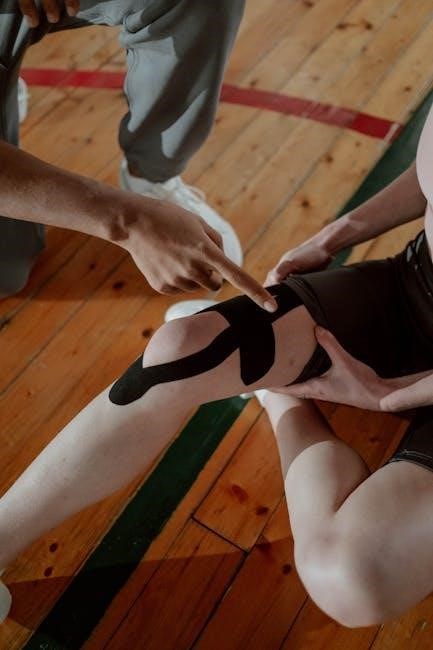
Causes and Prevention of Sports Injuries
Understanding injury causes and prevention methods is essential for athletes and trainers to minimize risks and optimize performance and safety always using proper techniques and equipment regularly.
Role of Anatomy in Identifying Common Sports Injuries
Anatomy plays a crucial role in identifying common sports injuries, as it helps to understand the structure and function of the human body. By studying anatomy, athletes and trainers can identify potential injury sites and take preventive measures. The knowledge of anatomy also helps to diagnose injuries accurately and develop effective treatment plans. For instance, understanding the anatomy of the knee joint can help to identify injuries such as ligament sprains or meniscal tears. Similarly, knowledge of the anatomy of the shoulder joint can help to identify injuries such as rotator cuff strains or dislocations. The role of anatomy in identifying common sports injuries is essential for developing effective injury prevention and management strategies. It also helps to educate athletes and trainers about the importance of proper warm-up, cool-down, and training techniques to prevent injuries. Furthermore, anatomy helps to inform the design of protective equipment and orthotics to prevent injuries. Overall, the role of anatomy in identifying common sports injuries is vital for promoting athlete health and safety. Anatomy is essential for fitness and rehab professionals to provide effective care.
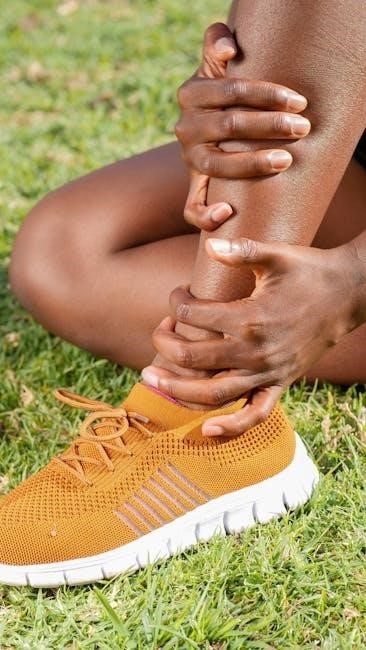
Anatomy of Sports Injuries for Fitness and Rehabilitation
Comprehensive approach to injury rehabilitation and management using anatomy
Comprehensive Approach to Injury Rehabilitation and Management
A comprehensive approach to injury rehabilitation and management involves understanding the anatomy of sports injuries and using this knowledge to develop effective treatment plans. This approach takes into account the specific needs of each individual, including their medical history, lifestyle, and goals. By using a comprehensive approach, healthcare professionals can help patients recover from injuries and prevent future injuries from occurring. The anatomy of sports injuries for fitness and rehab pdf provides a detailed understanding of the anatomy of the human body and how it relates to sports injuries. This knowledge can be used to develop personalized treatment plans that address the underlying causes of injuries, rather than just treating the symptoms. A comprehensive approach to injury rehabilitation and management can help patients achieve optimal health and wellness, and can also help to improve their overall quality of life. Effective management and rehabilitation require a thorough understanding of human anatomy.
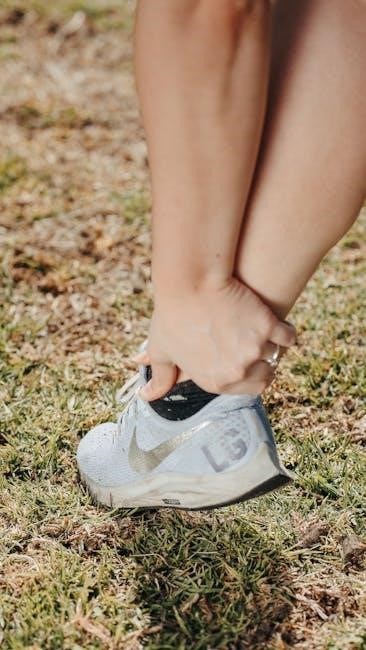
Visual Recognition of Sports Injuries and Conditions
Visual recognition of sports injuries requires knowledge of human anatomy and physiology to identify conditions accurately always using diagrams and images for reference and education purposes online every day.
Limitations and Challenges in Recognizing Sports Injuries
Recognizing sports injuries can be challenging due to various limitations, including the complexity of human anatomy and the similarity of symptoms between different conditions. The anatomy of sports injury for fitness and rehab pdf provides valuable information on the subject, but it may not cover all aspects of sports injuries. One of the main challenges is the lack of visual recognition of sports injuries, which can lead to misdiagnosis or delayed diagnosis. Additionally, the limitations of medical imaging technologies can also hinder the accurate recognition of sports injuries. Furthermore, the variability of symptoms and the presence of comorbidities can make it difficult to identify the underlying cause of the injury. To overcome these challenges, it is essential to have a comprehensive understanding of human anatomy and physiology, as well as access to advanced medical imaging technologies and expertise in sports medicine. By acknowledging these limitations and challenges, healthcare professionals can develop more effective strategies for recognizing and managing sports injuries. This can ultimately improve patient outcomes and reduce the risk of further injury or complications. Effective recognition and management of sports injuries require a multidisciplinary approach.
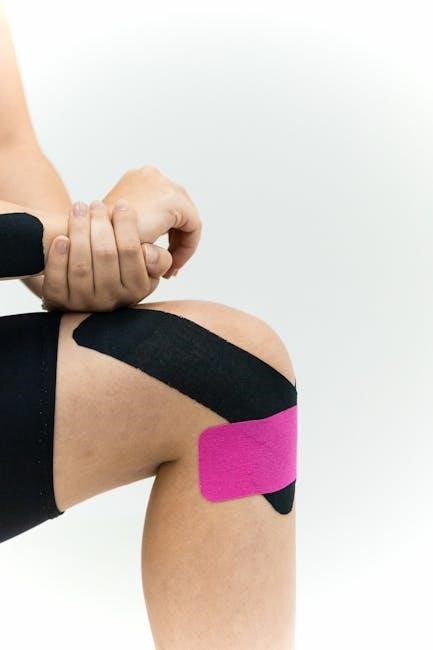
Biomechanics of Orthopaedic Rehabilitation and Applied Anatomy
The biomechanics of orthopaedic rehabilitation and applied anatomy play a crucial role in the recovery of sports injuries. The anatomy of sports injury for fitness and rehab pdf provides a comprehensive overview of the biomechanical principles that underlie orthopaedic rehabilitation. By understanding how the human body moves and functions, healthcare professionals can develop tailored rehabilitation programs that address the specific needs of each patient. The application of biomechanical principles to orthopaedic rehabilitation can help to improve outcomes and reduce the risk of further injury. This involves analyzing the movement patterns and biomechanical factors that contribute to the development of sports injuries, and using this information to inform the design of rehabilitation programs. The Department of Exercise, Sport, and Leisure Studies at the University of Tennessee, USA, has expertise in this area, with teaching and research focusing on the biomechanics of lower extremity injuries and rehabilitation. This expertise can inform the development of effective rehabilitation programs that address the complex biomechanical factors that underlie sports injuries. Effective rehabilitation programs can help patients to recover from sports injuries and return to their normal activities.
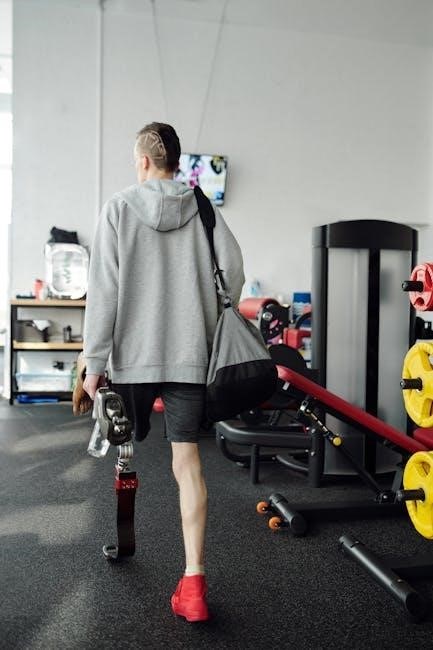
No Responses